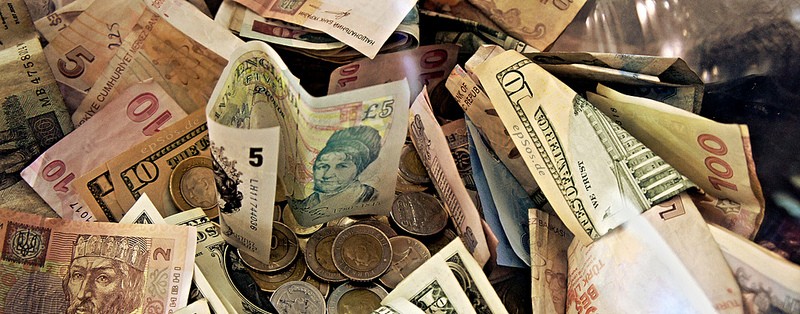Each year I choose a book to be the Globalization Book of the Year, i.e., the “Globie”. The prize is strictly honorific and does not come with a check. But I do like to single out books that are particularly insightful about some aspect of globalization. Previous winners are listed at the bottom.
This year’s choice is Crashed: How a Decade of Financial Crises Changed the World by Adam Tooze of Yale University. Tooze, an historian, traces the events leading up to the crisis and the subsequent ten years. He points out in the introduction that this account is different from one he may have written several years ago. At that time Barak Obama had won re-election in 2012 on the basis of a slow but steady recovery in the U.S. Europe was further behind, but the emerging markets were growing rapidly, due to the demand for their commodities from a steadily-growing China as well as capital inflows searching for higher returns than those available in the advanced economies.
But the economic recovery has brought new challenges, which have swept aside established politicians and parties. Obama was succeeded by Donald Trump, who promised to restore America to some form of past greatness. His policy agenda includes trade disputes with a broad range of countries, and he is particularly eager to impose trade tariffs on China. The current meltdown in stock prices follows a rise in interest rates normal at this stage of the business cycle but also is based on fears of the consequences of the trade measures.
Europe has its own discontents. In the United Kingdom, voters have approved leaving the European Union. The European Commission has expressed its disapproval of the Italian government’s fiscal plans. Several east European governments have voiced opposition to the governance norms of the West European nations. Angela Merkel’s decision to step down as head of her party leaves Europe without its most respected leader.
All these events are outcomes of the crisis, which Tooze emphasizes was a trans-Atlantic event. European banks had purchased held large amounts of U.S. mortgage-backed securities that they financed with borrowed dollars. When liquidity in the markets disappeared, the European banks faced the challenge of financing their obligations. Tooze explains how the Federal Reserve supported the European banks using swap lines with the European Central Bank and other central banks, as well as including the domestic subsidiaries of the foreign banks in their liquidity support operations in the U.S. As a result, Tooze claims:
“What happened in the fall of 2008 was not the relativization of the dollar, but the reverse, a dramatic reassertion of the pivotal role of America’s central bank. Far from withering away, the Fed’s response gave an entirely new dimension to the global dollar” (Tooze, p. 219)
The focused policies of U.S. policymakers stood in sharp contrast to those of their European counterparts. Ireland and Spain had to deal with their own banking crises following the collapse of their housing bubbles, and Portugal suffered from anemic growth. But Greece’s sovereign debt posed the largest challenge, and exposed the fault line in the Eurozone between those who believed that such crises required a national response and those who looked for a broader European resolution. As a result, Greece lurched from one lending program to another. The IMF was treated as a junior partner by the European governments that sought to evade facing the consequences of Greek insolvency, and the Fund’s reputation suffered new blows due to its involvement with the various rescue operations.The ECB only demonstrated a firm commitment to its stabilizing role in July 2012, when its President Mario Draghi announced that “Within our mandate, the ECB is ready to do whatever it takes to preserve the euro.”
China followed another route. The government there engaged in a surge of stimulus spending combined with expansionary monetary policies. The result was continued growth that allowed the Chinese government to demonstrate its leadership capabilities at a time when the U.S. was abandoning its obligations. But the ensuing credit boom was accompanied by a rise in private (mainly corporate) lending that has left China with a total debt to GDP ratio of over 250%, a level usually followed by some form of financial collapse. Chinese officials are well aware of the domestic challenge they face at the same time as their dispute with the U.S. intensifies.
Tooze demonstrates that the crisis has let loose a range of responses that continue to play out. He ends the book by pointing to a similarity of recent events and those of 1914. He raises several questions: “How does a great moderation end? How do huge risks build up that are little understood and barely controllable? How do great tectonic shifts in the global world order unload in sudden earthquakes?” Ten years after a truly global crisis, we are still seeking answers to these questions.
Previous Globie Winners:
2017 Stephen D. King, Grave New World: The End of Globalization, the Return of History
2016 Branko Milanovic, Global Inequality
2015 Benjamin J. Cohen. Currency Power: Understanding Monetary Rivalry

